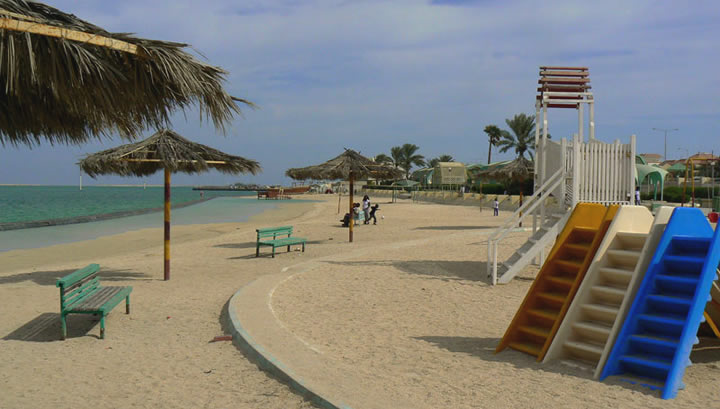The funding needed to meet this goal was certainly there – in 2008 the state allocated some $17bn for tourism development through to the year 2014. Most of this was allocated towards hotels, exhibition space and infrastructure.
In order to keep up with a rising number of visitors, the government hopes to increase hotel capacity by 400% by 2012.
In addition to financial support, the government has also worked to ease business regulations in a bid to increase private sector activity.
A major aspect of expansion plans is the New Doha International Airport (NDIA), which will have the capacity to handle up to 24m passengers upon the completion of the first phase in 2012.
Considering the vast majority of these visitors are members of the business community, the government has naturally targeted the meetings, incentives, conferences and exhibitions segment as a viable source of development, with two new convention centres slated to open in 2011.
Other niche tourism segments receiving special focus include cultural tourism on the back of the recent headline-grabbing opening of Doha’s Museum of Islamic Art, and sports tourism, initially spurred by the Asian Games, to which Qatar played host in 2006.
The holding of the Asian Football Cup in January 2011 is a huge tourism boost for Qatar and a trial run for the far bigger competition that is coming 11 years later to Qatar. That, of course.... is FIFA's Qatar World Cup in 2022.
The recent winning of the bid for the Football World Cup in 2022 is bringing Qatar to the attention of the world, like never before, and will witness a huge drive towards building more high class hotels; sporting venues and various other tourism facilities.
The publicity surrounding the World Cup in 2022 will bring tens of thousands of curious tourists to Qatar over the next few years. Many had not even heard of Qatar before!





